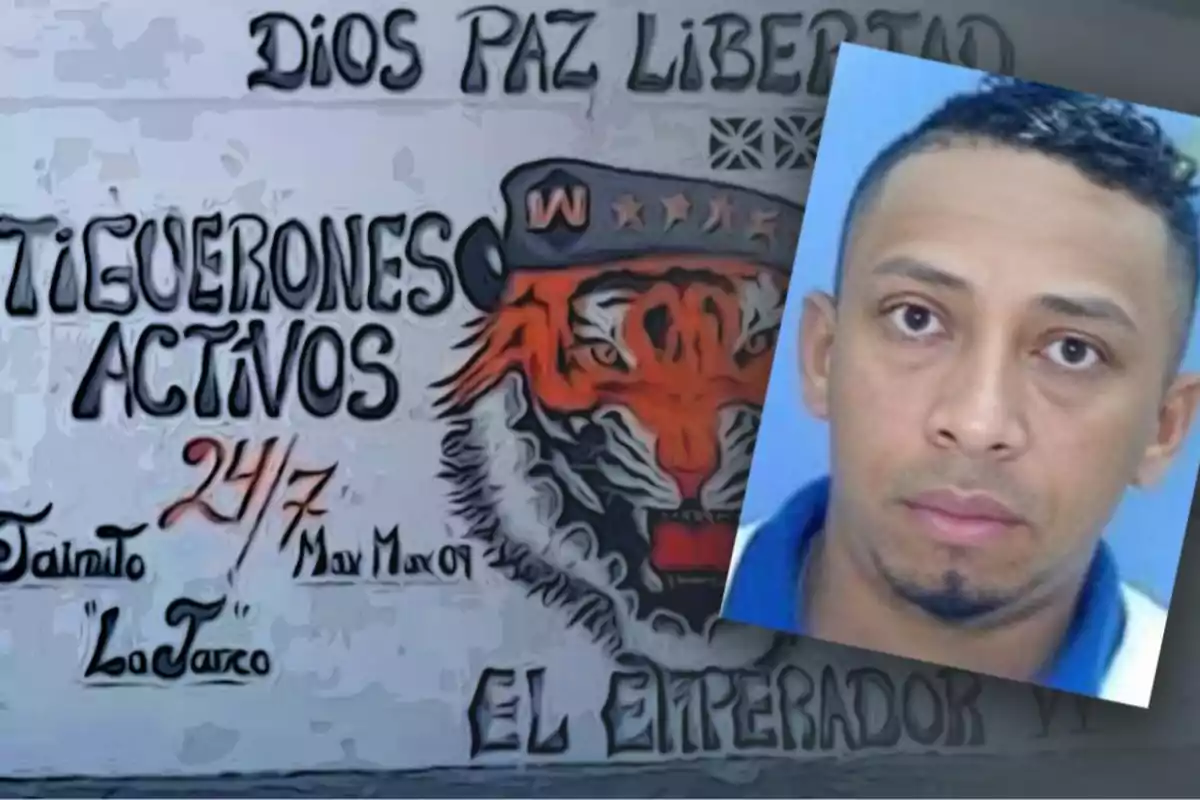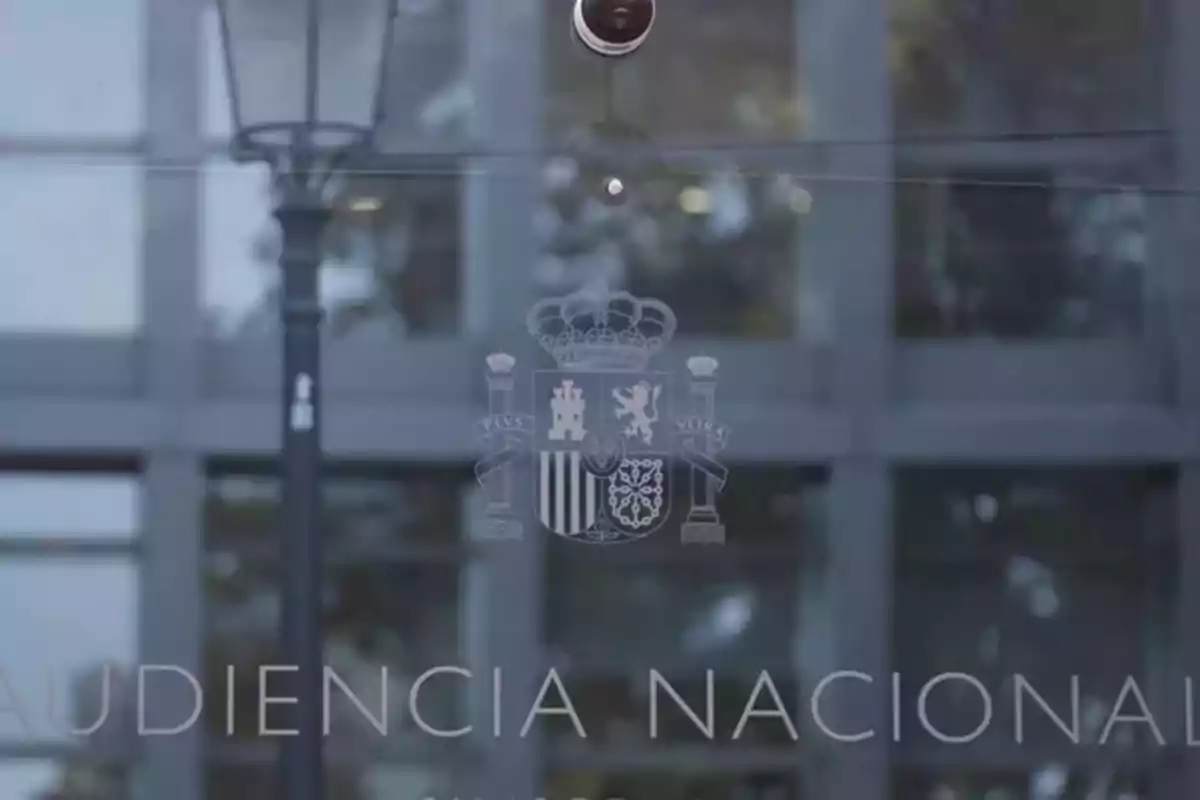
The National Court evaluated the extradition of a leader of Los Tiguerones.
The ringleader was captured in Catalonia and coordinated crimes from Spain
The National Court held a key hearing to decide the extradition of William Jofre Alcívar Bautista, alias "Comandante Willy," one of the leaders of the Ecuadorian criminal gang Los Tiguerones. Arrested in Tarragona, Alcívar was living with false documentation and coordinating crimes from Europe.
The Civil Guard, together with the Ecuadorian Police, captured Alcívar and his brother last October. Both were wanted for serious crimes, including terrorism and murder, and operated from Spain with total impunity.
Among the most shocking crimes is the armed assault on the TC Televisión channel in Guayaquil, which was broadcast live and sowed panic among the population. The action was an attempt at blackmail to halt police operations against gangs classified as terrorists.
The Spanish Prosecutor's Office supports the extradition request, also recalling the murder of prosecutor César Suárez, executed after initiating the investigation of the television attack. This crime revealed the level of violence and influence that these criminal structures maintain thanks to years of state permissiveness.

Los Tiguerones carried out extortions via WhatsApp to victims from whom they demanded thousands of dollars in exchange for not attacking their lives. The use of international networks and refuge in Europe are direct consequences of a previous lack of institutional control.
The extradition of Alcívar represents a firm step in international judicial cooperation and reflects the urgency of confronting organized crime with determination, leaving behind government models that favored impunity.
The case confirms that only with strong legal actions and international collaboration can the expansion of organized crime incubated under permissive administrations be halted.
More posts: